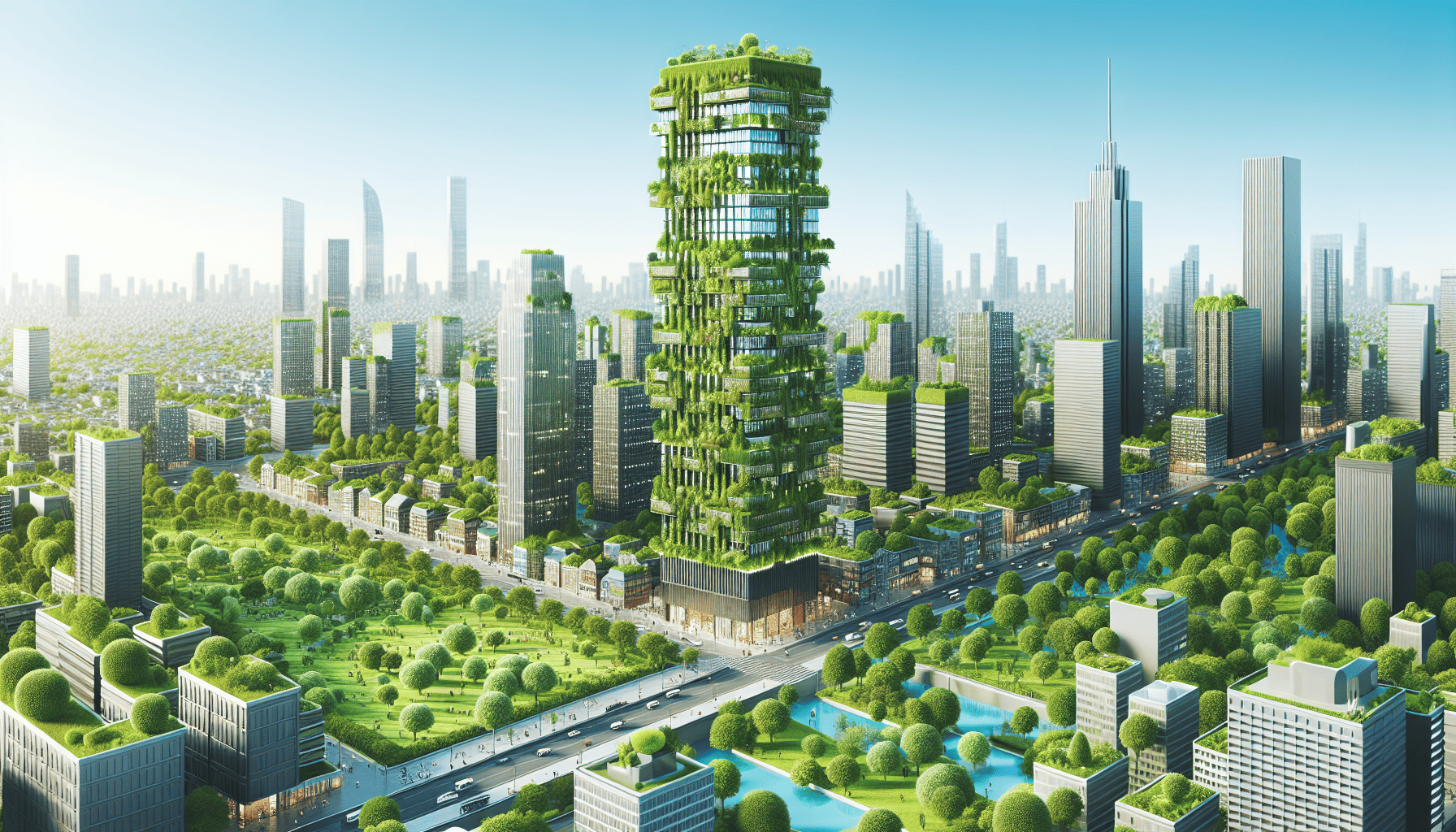Cities around the world are undergoing a remarkable transformation, embracing urban ecology to pave the way for more sustainable living environments. This evolution stems from a growing recognition of the importance of integrating natural elements into urban planning to enhance the quality of life, reduce environmental footprints, and mitigate the impacts of climate change.
Urban ecology fundamentally reshapes the traditional concept of city life. It advocates for the incorporation of green spaces, such as parks, green roofs, and community gardens, within urban settings. These elements are more than just aesthetic enhancements; they play a crucial role in the ecological health of cities. For instance, urban green spaces help manage stormwater, reduce urban heat islands, improve air quality, and provide habitats for diverse species.
One of the most compelling examples of this transformation is the rise of green roofs. By covering rooftops with vegetation, cities can significantly decrease ambient temperatures, promoting energy efficiency by reducing the need for air conditioning. Moreover, green roofs can capture rainwater, lessening the burden on urban drainage systems and decreasing the risk of flooding—an increasing concern in many metropolitan areas with changing climate patterns.
Another vital component of urban ecology is sustainable infrastructure. Innovative materials and construction techniques are being employed to minimize environmental impacts. For example, permeable pavements allow rainwater to seep into the ground, replenishing aquifers and reducing surface runoff. Similarly, buildings are now being designed with energy-saving features such as solar panels and natural ventilation systems to lower carbon footprints and operational costs.
Green transportation is also a vital thread in the fabric of urban ecological transformation. Cities are expanding bike lanes, improving public transportation systems, and investing in electric vehicle infrastructures. These initiatives not only reduce pollution but also promote healthier lifestyles by encouraging walking and cycling.
Community engagement is a crucial aspect of fostering green cities. Urban ecology thrives on local involvement, with citizens participating in community gardening projects, tree planting, and local environmental advocacy. These activities not only green the urban landscape but also build a sense of community, connecting residents with one another and with nature.
Furthermore, urban planners are increasingly applying data-driven decision-making tools to develop and manage these green spaces effectively. Technologies like Geographic Information Systems (GIS) and remote sensing are employed to monitor environmental quality, assess urban growth, and implement sustainable practices more efficiently.
The journey towards green cities is not without challenges. Urban areas face constraints such as limited space, financial restraints, and the complex dynamics of urban planning. However, the benefits of prioritizing urban ecology far outweigh these obstacles. By addressing environmental issues at the local level, cities can contribute significantly to global sustainability efforts.
The movement towards greener cities is reflective of a broader commitment to sustainable development. As urban populations continue to grow, the integration of ecological principles into urban planning becomes not just beneficial, but essential. Building green cities of the future promises not only to make urban environments more livable but to ensure that they remain vibrant, resilient, and sustainable for generations to come. In embracing urban ecology, cities are not only responding to current environmental challenges but are actively crafting healthier, more harmonious futures for their inhabitants.
